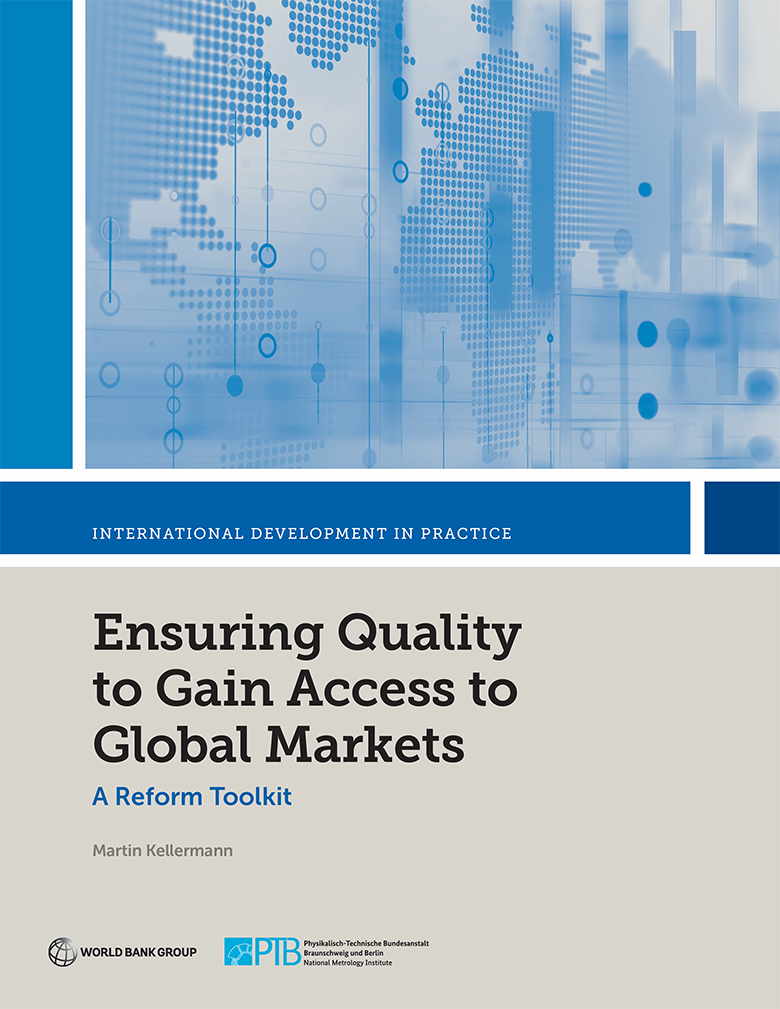In a modern world with rapidly growing international trade, countries compete less based on the availability of natural resources, geographical advantages and lower cost of labor, and more on the factors related to the ability of firms to access and compete in new markets. One of these factors is the ability to demonstrate quality and safety of goods and services and to comply with international standards in target markets.

WHAT IS QI?
QI denotes the ecosystem of public and private institutions as well as legal and regulatory frameworks and practices that establish and implement standardization, accreditation, metrology, and conformity assessment (testing, inspection and certification). The QI system is required for the effective operation of the domestic market, and the international recognition of QI services is important to enable access to foreign markets.
WHY IS QI IMPORTANT?
- Enhance market access, facilitate product diversification, and increase investment opportunities.
- Boost productivity by:
- Reducing costs of trade by avoiding duplication in testing and inspection, streamlining operations, and eliminating restrictive regulations.
- Benefiting from economies of scale through improved and standardized working methods and interoperability between manufacturers along the value chain.
- Enhancing innovation and technology diffusion.
- Promote public policy objectives through effective enforcement of technical regulations, which safeguard public health and safety, and ensure consumer, environmental and social protection.

